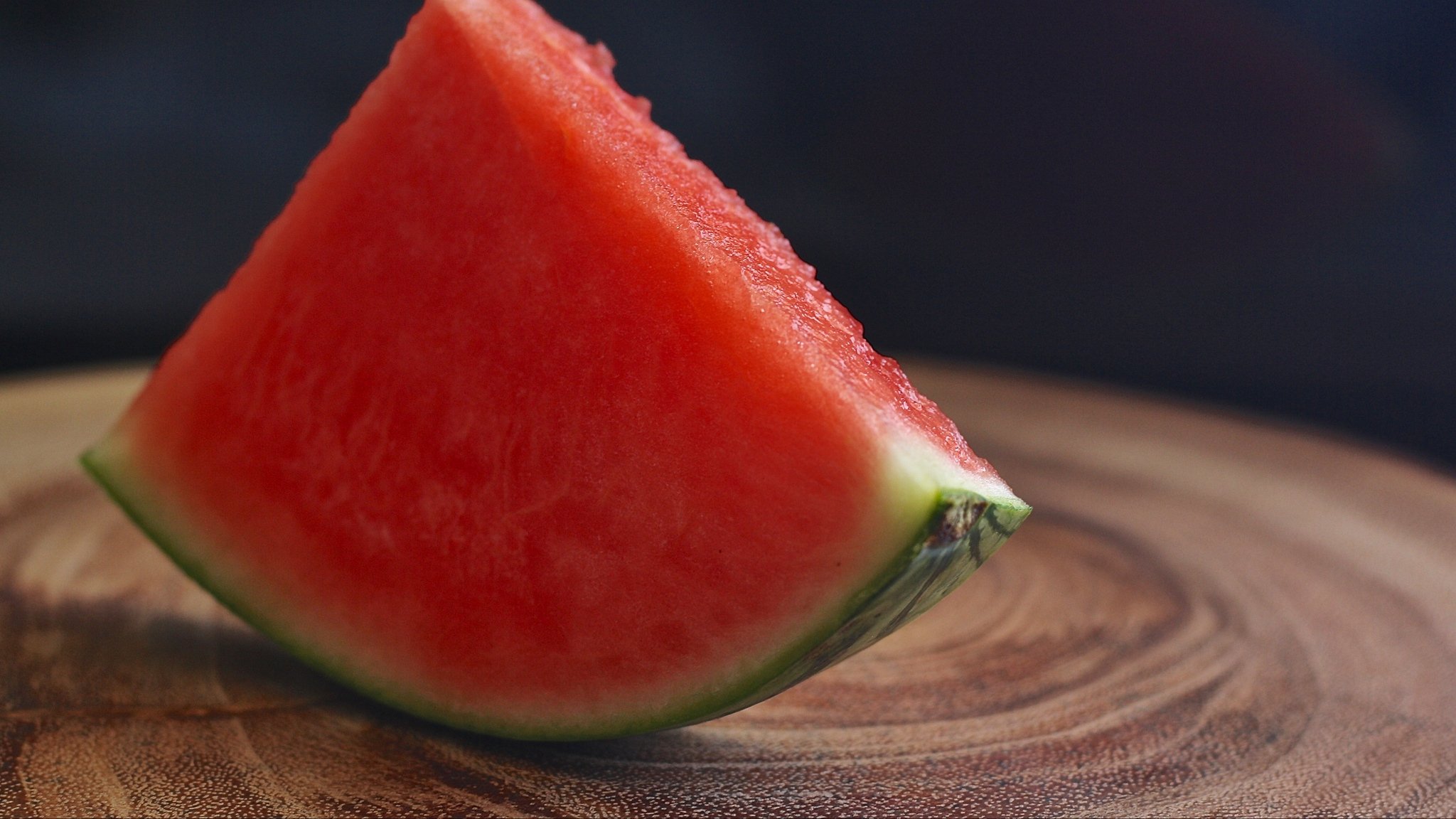The quickest way to decide if a watermelon is ripe or not is by tapping on it. And if you’re having trouble detecting the subtleties of the sound, listen to some Nigerian traditional music to get your ears attuned, says an international group of physics and music researchers.
Nigerian researcher Stephen Onwubiko has found a link between the sounds of drumming in traditional Nigerian music and the sound of fingers drumming on watermelons in the markets.
Onwubiko, a classically trained vocalist and researcher on African musical acoustics, has teamed up with physicist Tracianne Neilsen, from Brigham Young University in Utah and music researcher Andrea Calilhanna from the University of Sydney in Australia to quantify the watermelon-drumming phenomenon. Neilsen will present the findings at the 177th Meeting of the Acoustical Society of America, which takes place May 13-17, at the Galt House in Louisville, Kentucky.
“Most people don’t have much idea about the noises around them or how they affect them,” Onwubiko said. “Everyday experiences, even decision-making, are influenced by the sounds around us.”
Onwubiko is working with watermelon sellers and consumers in Nigeria about their perceptions of the sounds, a field known as psychoacoustics, while Neilsen is analyzing the frequency spectrum of the traditional drum, the igba. Calilhanna is working with a mathematical approach to music theory to quantify these sounds.
The team proposes that the ingredients of traditional Nigerian music — pitch and rhythms with shifted accents, nonaccented rhythms and syncopations — are the perfect ear-training for watermelon identification.
“The sounds of ripe and unripe watermelons are heard in traditional music. An African drum pattern is made from the same two sounds,” said Neilsen.
[rand_post]
An igba is cylindrical in shape and is between 70 and 75 centimeters long.
The pitch-pattern analysis can be used to measure, determine and correlate the internal ripeness and quality of watermelon with pitch from a Nigerian drum. This method allows identification at a 60% level of efficiency.
Sounds are an integral part of culture, pointed out Calilhanna.
“People do not realize the amount of important information that is conveyed in the sound around us and how these sounds impact cultures. In order to preserve cultures, we need to analyze traditional sounds and their impact on everyday life experiences.”
